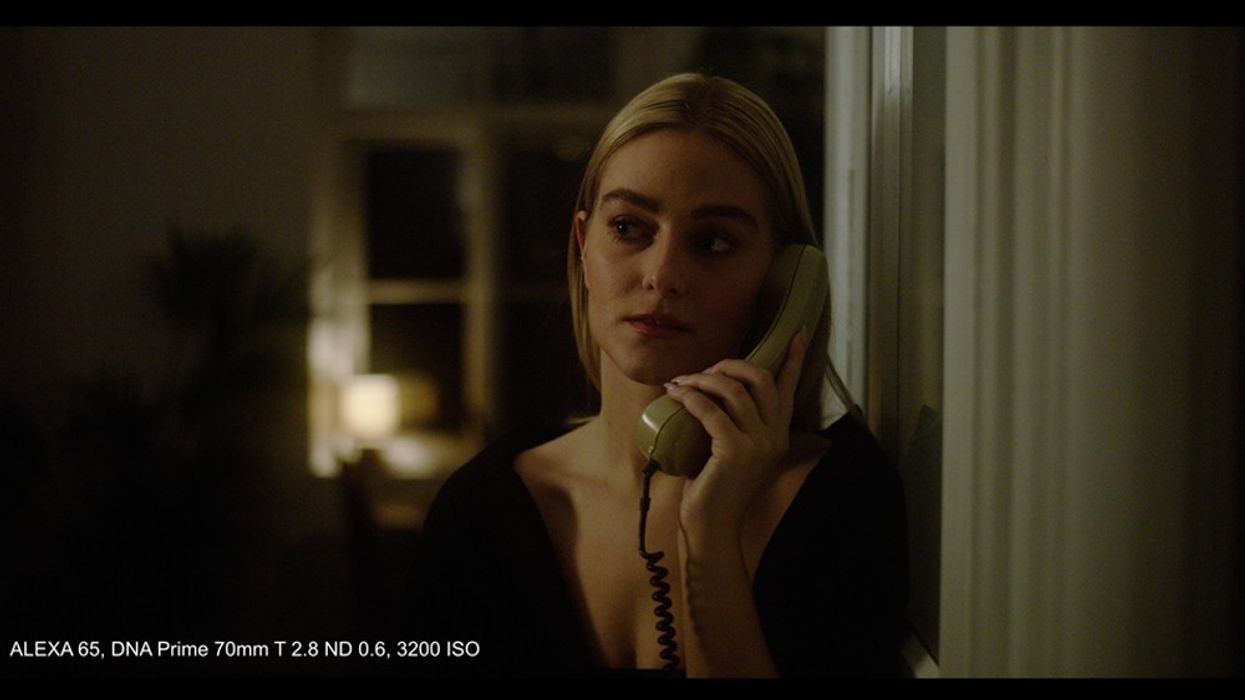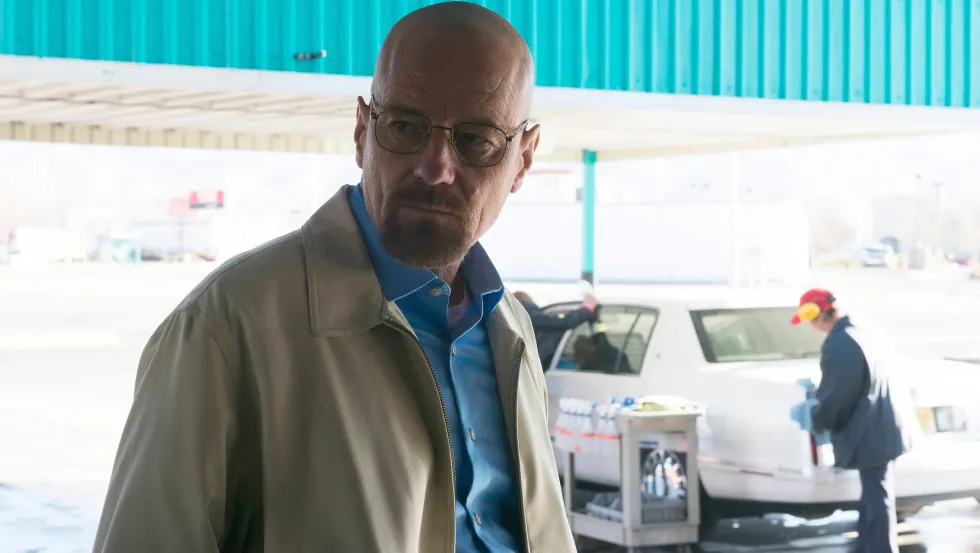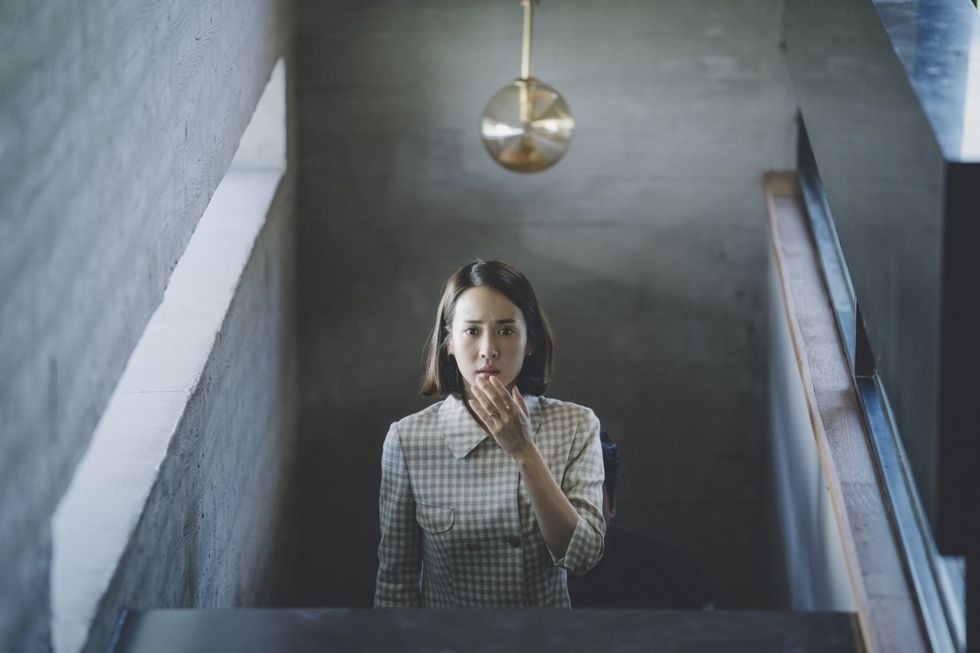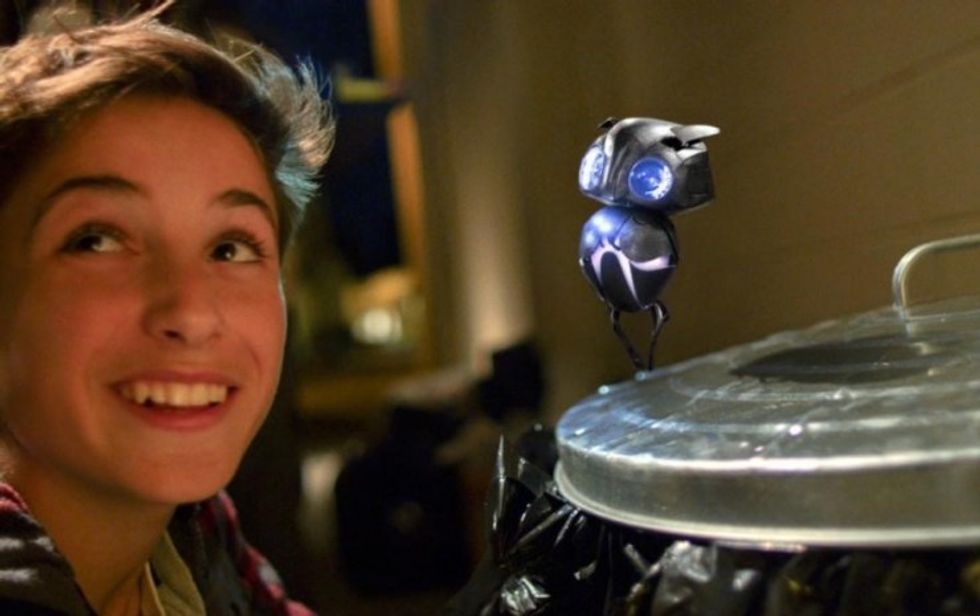What Is the 'Look' of Large Format? These Tests Show You
Cinematographer Manuel Lübbers answers that question with a comprehensive test between the ARRI Alexa 65 and Alexa Mini.

Large-format cinematography isn't new. 70mm film dates back to the 1890s with footage from the Henley Regatta. William Fox of Fox Films started developing 70mm Grandeur film in 1929. And all of this was before Cinerama and the 1955 film Oklahoma! which used a 70mm format developed by Todd-AO.
Since then, versions of 70mm have brought us Ben-Hur (1962), Lawrence of Arabia (1962), Cleopatra (1963), 2001: A Space Odyssey (1968) TRON (1982), Far and Away (1992), and more recently The Hateful Eight (2015) and Dunkirk (2017), among others.

Large format is a tool. And like any tool, there are considerations when choosing it over smaller-sized sensors like Super 35. Not only do larger-format sensors have a different field of view, they generally produce less noise in an image because of the greater number of photosites on the sensor.
There are also misconceptions about large-format sensors. One being that sensor size affects perspective. That's simply not true.
Or as cinematographer Ed Moore points out, it's "nonsense" and "perspective is the angle of view from a given camera position." Cinematographer Steve Yedlin shares the similar facts, writing, "If you shoot from the same position with the same angle of view, you get the same perspective, same frame size, same vanishing lines—regardless of film-back size."
Another misconception when it comes to sensor size is depth of field. Sensor size has no effect on depth of field. An ARRI Signature Prime 40mm T1.8 will always be a 40mm T1.8, whether it's on an Alexa 65 or RED Monstro. What a larger sensor does is force a filmmaker to change the distance of the camera to a subject or use longer lenses to produce similar fields of view of a smaller sensor. It's that change in focal length, aperture, and distance to the subject that affects depth of field.
As Cambridge in Colour puts it, "As sensor size increases, the depth of field will decrease for a given aperture (when filling the frame with a subject of the same size and distance). This is because larger sensors require one to get closer to their subject or to use a longer focal length in order to fill the frame with that subject. This means that one has to use progressively smaller aperture sizes in order to maintain the same depth of field on larger sensors."

When the Munich-based cinematographer Manuel Lübbers released a test via his YouTube channel and Vimeo, comparing the large-format look, we had to reach out and ask to share it. In talking with Lübbers, he mentioned he read all the No Film School articles he could starting out, so it's great to come full circle and feature him on the site.
The project was part of his final thesis at HFF Munich, where he's studying cinematography and focuses on how sensor size influences the final image. We encourage you to read his full article about the test on his website, but it's summarized below.
Setup
For the test, he compared the Super 35mm Alexa Mini with the 65mm Alexa 65. Both cameras were mounted on a stereoscopic rig, allowing the scene to be recorded with the same perspective simultaneously. The cameras were then recalibrated after every lens change so both systems matched perfectly.
Lübbers says, "The fact that the Alexa 65 uses 3x the ALEV-III Sensor of the Alexa Mini (and stitched together to one big sensor) makes these two cameras a perfect combination to compare just the different sensor sizes. Since they are actually based on the same sensor, the color science, dynamic range, and other factors stay consistent and won’t distract from the main test aspects."
The approach to the test was to keep the same angle of view and same camera position on both cameras. To get the same angle of view on both cameras, Lübbers adjusted the focal length by the value of the crop factor.
Recording Format:
- Alexa 65: 6.5K Open Gate ARRIRAW, 25p
- Alexa Mini: 3.4K Open Gate ARRIRAW, 25p
Lenses:
- ARRI Rental DNA Prime 45mm T2.3
- ARRI Rental DNA Prime 35mm T2.3
- ARRI Rental DNA Prime 70mm T2.8
- ARRI Signature Prime 18mm T1.8
Crop Factor
As Lübbers points out, different sized sensors come with different crop factors, which change the angle of view when using the same focal length on both formats. The crop factor between the Alexa 65 and the Alexa Mini is 1.81. To get to that, you simply divide the larger sensor by the smaller sensor. In this case, his shooting setup was 57.19mm / 31.58mm = 1.81.
You can see the resulting images of a 45mm lens on both cameras put together into one frame:

In order to get the same angle of view using the lenses for the test, adjustments had to be made. Since an 18mm lens on Alexa Mini and a 32mm lens on an Alexa 65 provide the same angle of view, he went with a 35mm DNA Prime instead, since there isn't a 32mm lens that can cover the Alexa 65. To match the deviation, he cropped the sensor of the Alexa Mini slightly when using the 35mm and 50mm lenses.
With the crop, the Alexa Mini counted at least 2740×1370 photosites, which is about the same 2K ProRes 4444 mode. Lübbers also notes that the mirror of the 3D rig affects the image quality of the camera with -1 stop of light, color tints, and loss of contrast. He says the cameras would perform slightly better under real shooting conditions.

Depth of Field
With a 1.8x longer focal length to get the same angle of view on both formats, there is a shallower depth of field on the Alexa 65.
Lübbers says, "The blur circle diameter of an out of focus object is 1.8x larger on the Alexa 65 so the background appears more out of focus. It’s important to keep in mind that the blur circles are getting bigger with the factor of magnification, which is proportional to the focal length and is not influenced by the size of the image plane."

Perspective and Distortion
As we mentioned above, there's a misconception with large format that there will be a change in perspective, distortion, and rendering of space. But that is simply not true. As Lübbers' test shows, the Alexa 65 with a 35mm lens and Alexa Mini with an 18mm lens produce exactly the same image.
Lübbers points out the reason why we often hear that longer focal lengths are compressing the image is that longer focal lengths reduce the angle of view, and you have to move the camera further away from the subject in order to get the same framing. This change in camera to subject distance leads to a different perspective, and space looks more compressed.

Noise Performance
With larger sensors, you can have bigger and higher photosite counts. When Sony released the a7S III, they talked about how the sensor had larger photosites allowing it to perform better in low light. As Lübbers suggests, ARRI is known for its sensors with larger pixels that are more sensitive to light. The larger a photosite, the more light it can catch to help produce a cleaner image with less noise.
What's interesting about the Alexa Mini and Alexa 65 is that they're based on the same sensor and use the same photosites. The only difference is the size of the sensor which introduces more photosites on the Alexa 65. For the Alexa Mini there are 3424 pixels horizontally, and 6200 pixels horizontally on the Alexa 65.
To compare the two, Lübbers shot a low-light scene, underexposed and lit, using 800, 1600, and 3200 ISO. At the same time, he lowered the exposure of the sensor step by step while putting in ND filters of ND 0.3 /0.6.

Conclusion
Lübbers concludes that the main influence of large-format sensors on the image is a shallower depth of field when having the same angle of view at the same relative aperture. Additionally, larger sensors have the advantage of higher native resolutions while touting larger photosites, leading to better low-light performance. But when it comes to perspective, sensor size doesn't influence it.
Be sure to check out Lübbers' full article here where he goes into more detail. You can also follow him on Instagram or get inspired by watching some of his work here.
What do you think of the results? Let us know in the comments below.
Source: Manuel Lübbers















